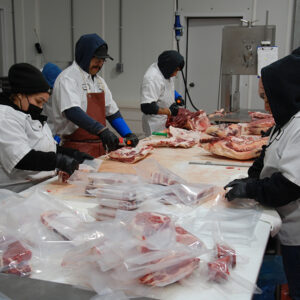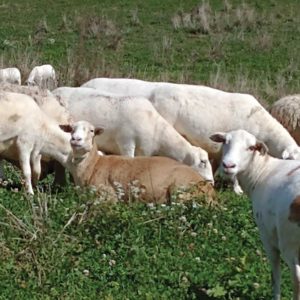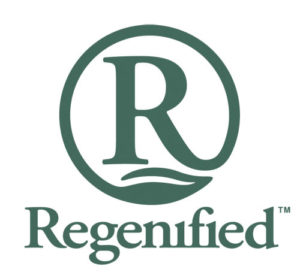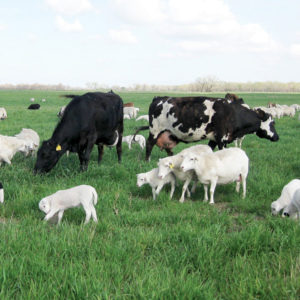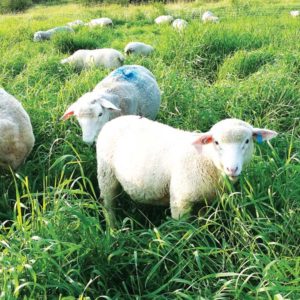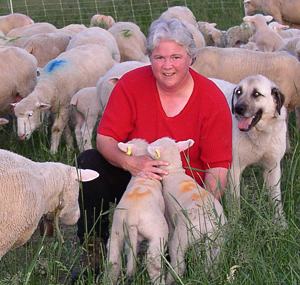Nordik Meats finds success serving a variety of alternative meat producers
By Joel McNair
Viroqua, Wisconsin — “If there was no such thing as grassfed beef,” says Joel Morrison, “We wouldn’t be as successful as we are.”
Lots of grass farmers might make such a statement, but Joel is not one of them. Instead he is the general manager for Nordik Meats, an unusual meat processor with an uncommon ownership structure that produces some interesting end products in addition to the usual sides, quarters, and retail cuts.
Beef tallow, pork lard, bone broth — these and other products often associated with micro-processing ventures are a growing part of Nordik Meats, a USDA-inspected plant with 25 employees serving a handful of grassfed/alternative meat marketing organizations in addition to much smaller producers having processing done for their own consumption and direct-market sales.
Certainly the traditional cuts account for the bulk of Nordik’s business. Grassfed beef and lamb, plus pastured pigs, are by no means everything the plant does: Joel says that grassfed accounts for roughly half of the total volume here.
But Joel sees grassfed meats and the associated added-value products as important to Nordik’s future as “cornerstone” customers such as 99 Counties (Graze January 2023) and Wisconsin Meadows innovate and grow, and smaller, often direct-to-market ventures tap rising interest in grass-finished, organic, and local meats.
Continue reading “Processor values grassfed demand”
